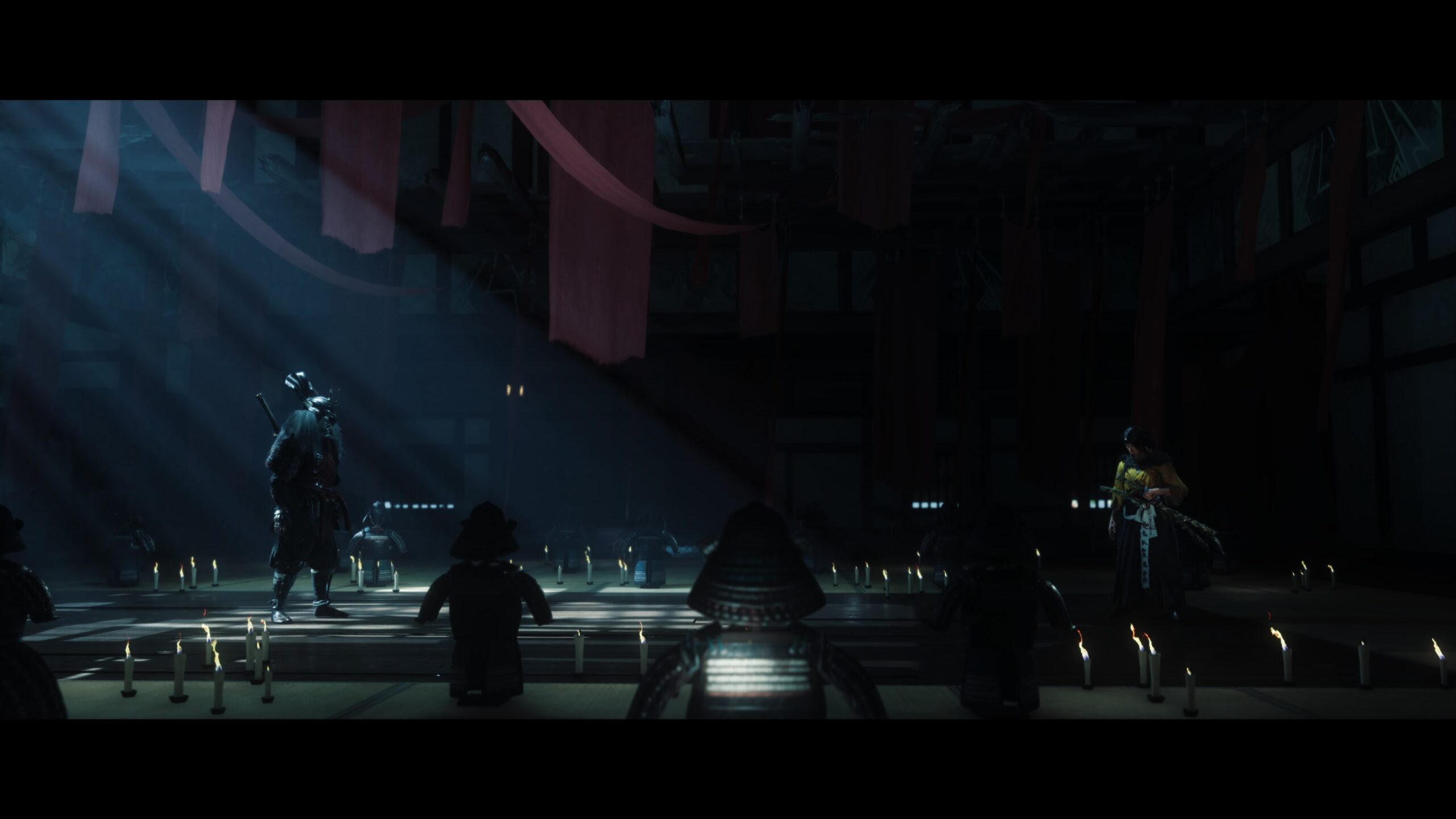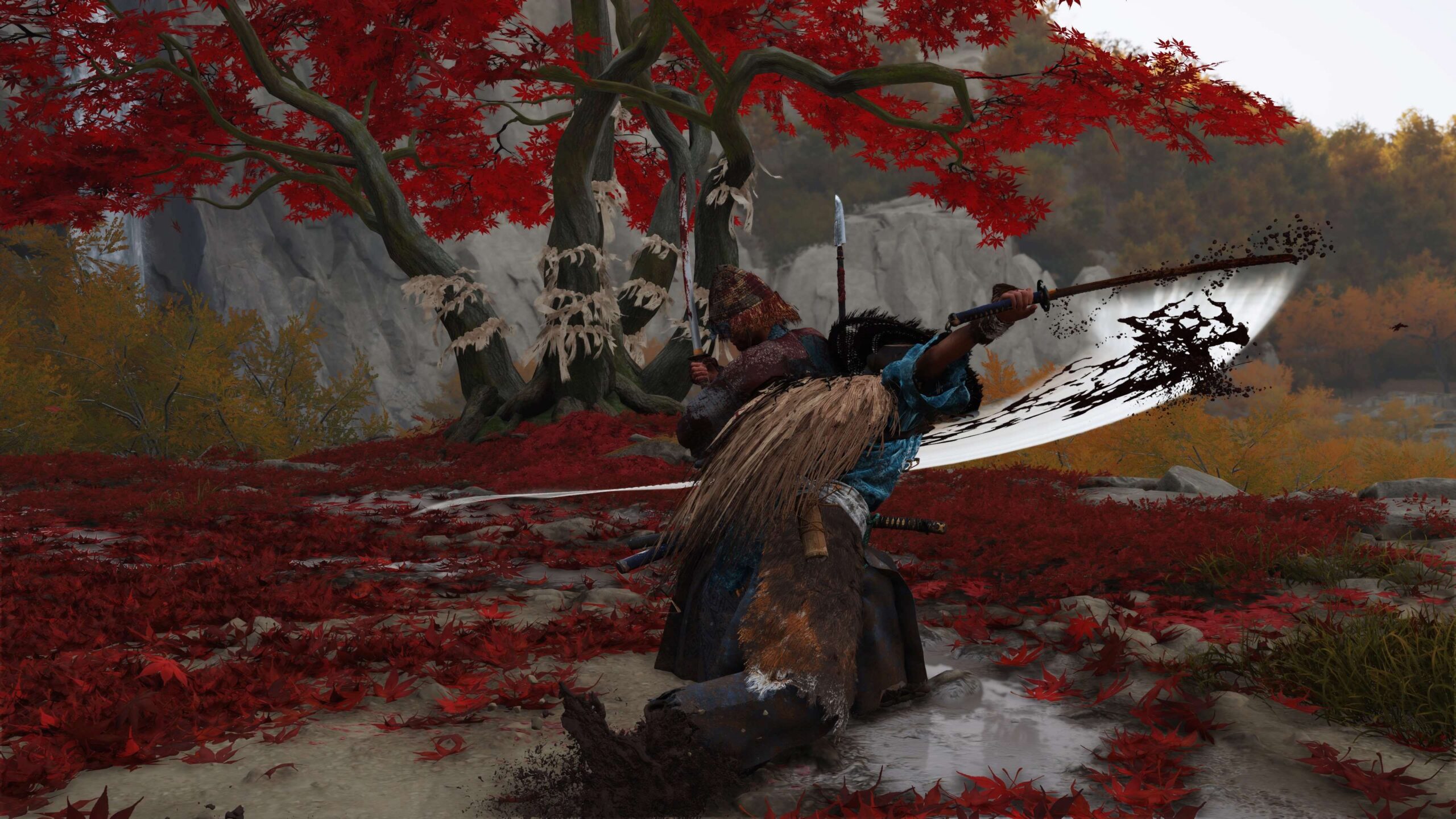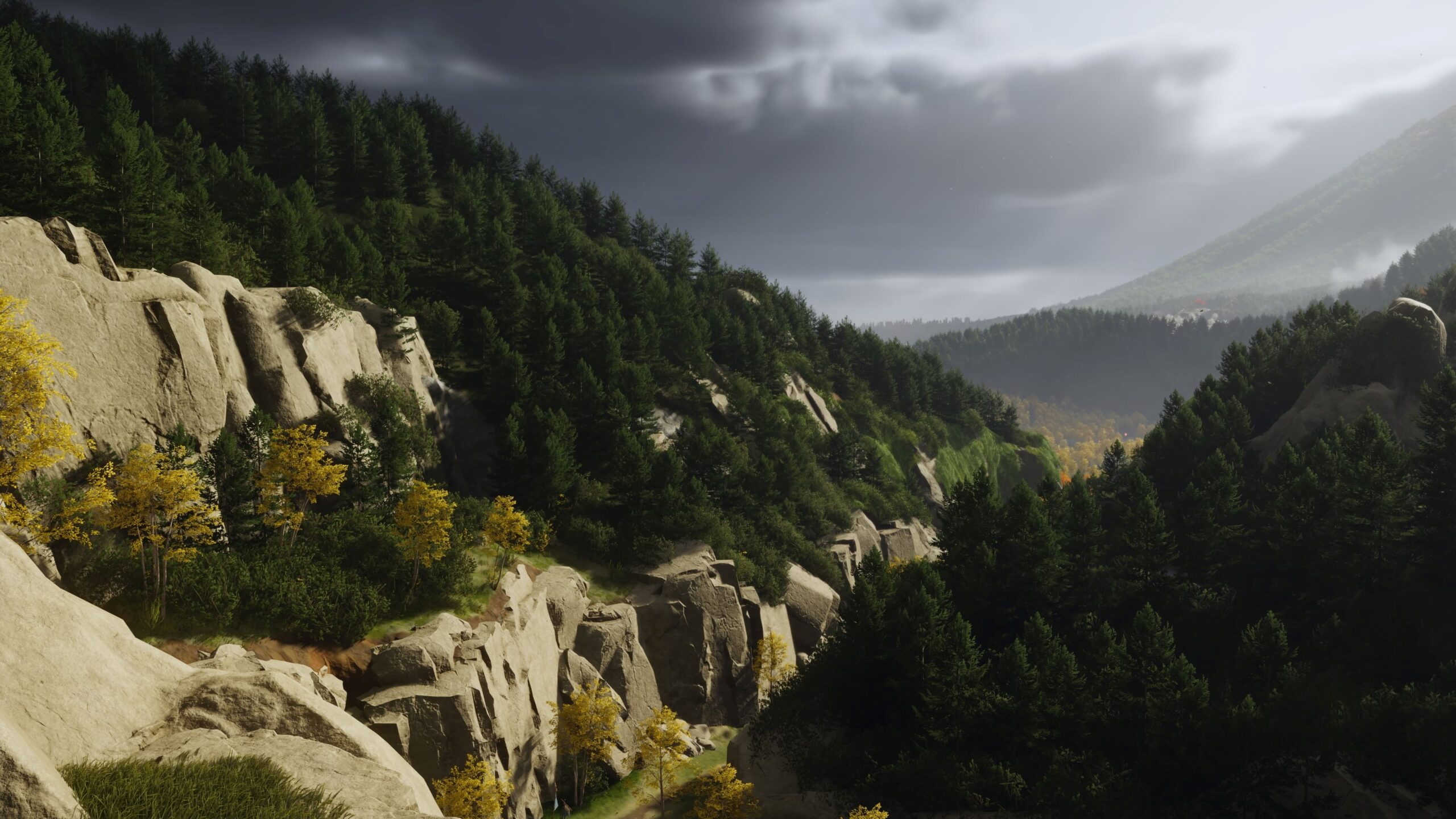Ghost of Yōteiproves you don’t have to reinvent the wheel to make a solid sequel.
This game, a standalone sequel to developer Sucker Punch’s 2020 action-adventure, Ghost of Tsushima,follows a tale of loss and revenge that takes place over 300 years after the events of the original game. While Yōteihas no direct ties to Tsushima,the core gameplay and many narrative themes are present in the sequel.
The player takes on the role of Atsu, a young woman who lost her parents and brother 16 years before the game’s beginning. Her family was killed by Lord Saito and the Yotei Six, who were out for vengeance against Atsu’s father for wronging them. She travels across the northern land of Ezo to hunt them down as a vengeful spirit: the Onryō.
After nearly 15 hours of playtime, Yōteihas left a striking impression and has cemented itself as a far better game than Tsushima.
Tsushima’snarrative, which meanders through the protagonist’s weak moral struggles, is replaced by Atsu’s sharp clarity and vision. Atsu is seeking vengeance, and she does not debate whether getting it is wrong. She knows what she wants, and she will not stop until the Yōtei Six are all dead.

Yōteiis also a much more emotional story, and the supporting cast of characters reinforces this. Without going into spoilers, a reveal from the first major questline made me tear up, whereas Tsushimanever elicited that response from me.
This narrative clarity is refreshing compared to so many mature games that agonize over the morality of murder and vengeance. Yōtei’snarrative gripped me immediately and connected me with Atsu far better than Tsushimadid, and in a much shorter span of time.
The gameplay has seen as much improvement as the story, as well. The core system from Tsushimaremains, but it has been greatly expanded upon. Instead of switching between sword stances to deal with different enemy types, Atsu acquires weapons such as the ōdachi and dual katana to dispatch these enemies more effectively. There is a much stronger narrative reason tied to the gameplay as a result.

Gaining skill points is completely different, as well. Instead of gaining notoriety in Tsushima, Atsu visits Altars of Reflection across Ezo.
There are many other quality of life changes that make Yōteia much more enjoyable experience than its predecessor. For example, the first game’s lighthouses, which revealed swathes of the map when activated, are not present. Atsu must use her spyglass to observe the area and search for points of interest.
This focus on exploration has gotten me more sidetracked than I ever was with Tsushima,and with many other open-world games. I haven’t felt so content about being lost since Elden Ring.
Yōteiis drop-dead gorgeous. I’ve been playing it on my base PS5, and it looks even prettier than Tsushima.Striking visuals and splashes of vibrant color create a realistic yet memorable style that more AAA titles should emulate.

From the peak of Mount Ezo to the Ishikari Plain, there is enough variation in landscape and color palette to let every location stand out.
Yōtei’soptimization is wonderful, as well. Loading times are nearly instant, and fast travel often takes less than a second. I’ve experienced no performance issues and haven’t seen any bugs.
While I still have a long road to travel as Atsu and four more names to cross off the list, Yōteihas left me with a strong impression and the urge to see everything the game has to offer.
After all, I think a little revenge will go a longway.








